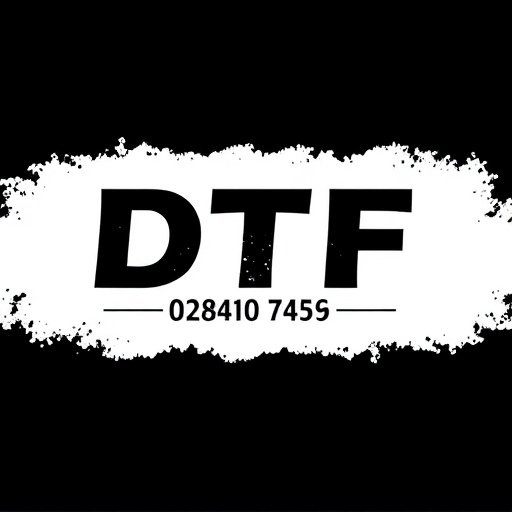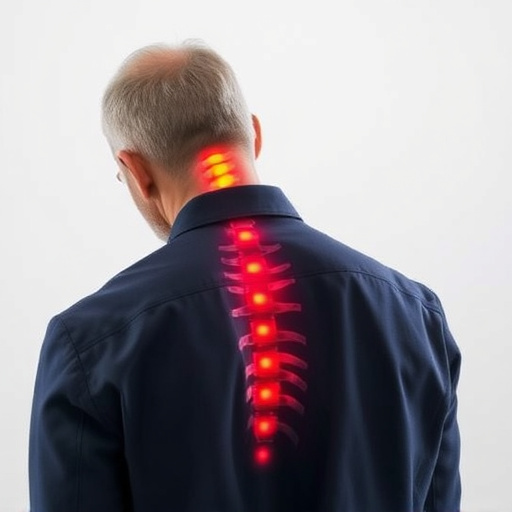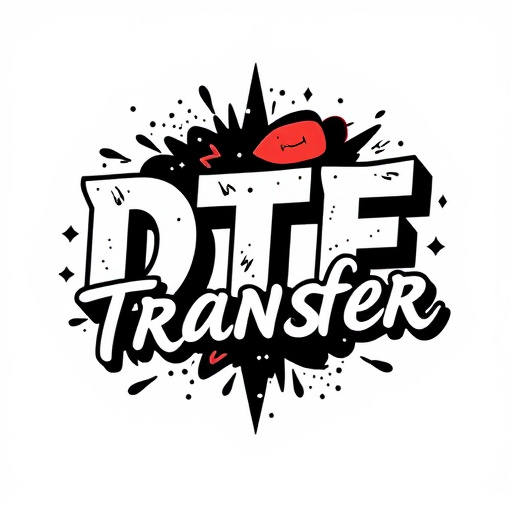The California Air Resources Board (CARB) emissions standards drive technological advancements in engines to combat air pollution. Injen MR Technology intakes are cutting-edge solutions that optimize airflow, enhance combustion, and improve power while adhering to CARB regulations. These multi-port intakes, popular for performance upgrades, employ computer-aided engineering to control air intake, improving engine performance. Manufacturers and importers must ensure compliance with CARB standards, especially in regions with strict environmental regulations. Aftermarket carb intakes like Injen's are legal and offer significant performance gains without violating local laws.
“The automotive industry’s shift towards cleaner, more efficient vehicles has brought CARB (California Air Resources Board) emissions standards into the spotlight. This article explores the legal intricacies surrounding these regulations and their impact on aftermarket components, with a specific focus on Injen MR Technology intakes. We’ll delve into how these innovative air intake systems navigate the legal landscape, ensuring compliance while enhancing performance. Understanding the CARB’s requirements is crucial for both manufacturers and enthusiasts alike.”
- Understanding CARB Emissions Standards and Their Impact
- Injen MR Technology Intakes: A Legal Perspective
- Navigating the Legal Requirements for Aftermarket Carb Intakes
Understanding CARB Emissions Standards and Their Impact

The CARB (California Air Resources Board) emissions standards are a set of stringent regulations designed to reduce air pollution and improve vehicle emissions across the state. These standards have far-reaching implications, especially for automakers and car enthusiasts alike. One notable aspect is the focus on lowering nitrogen oxide (NOx) and particulate matter emissions from vehicles, which has led to advancements in engine technology.
Injen MR Technology intakes are a prime example of how manufacturers are responding to these challenges. These innovative air intake systems utilize advanced materials and design principles to optimize air flow while ensuring compliance with CARB standards. By enhancing the combustion process and improving air-fuel mixture, Injen MR Technology promises improved engine performance and reduced emissions, contributing to a cleaner environment without compromising on power or efficiency.
Injen MR Technology Intakes: A Legal Perspective

Injen MR (Multi-Port) Technology intakes are a popular performance upgrade for vehicles, offering enhanced fuel efficiency and power output through their advanced design. From a legal perspective, understanding these intakes’ functionality is crucial to ensure compliance with emissions regulations. The Injen intakes employ a complex system of multiple ports and channels, allowing for precise control over air intake, which can lead to significant improvements in engine performance.
This technology utilizes computer-aided engineering to optimize the airflow, ensuring a more efficient combustion process. Legal considerations come into play as such modifications can impact a vehicle’s emissions output. Therefore, manufacturers and importers must ensure these intakes meet the relevant legal standards for air quality and environmental protection, especially in regions with stringent regulations like CARB (California Air Resources Board).
Navigating the Legal Requirements for Aftermarket Carb Intakes

In the realm of automotive modifications, aftermarket carb intakes have become a popular choice for enthusiasts seeking improved performance. However, navigating the legal requirements surrounding these upgrades can be intricate, especially when considering the diverse regulations across regions. One prominent name in this space is Injen, known for its MR (Multi-Stage) Technology intakes, which offer both enhanced airflow and efficient cooling.
To ensure compliance, vehicle owners must understand that many areas have specific laws regarding modified car systems, including carb intakes. The legal status of such modifications often depends on factors like power outputs, emission standards, and the intended use of the vehicle. For instance, Injen’s MR Technology intakes are designed to be a game-changer for those seeking efficient performance gains without compromising legality. By adhering to local regulations and consulting experts, enthusiasts can enjoy the benefits of aftermarket upgrades while maintaining their vehicles’ legal status.
The journey through CARB emissions standards and their impact highlights the intricate legal landscape surrounding aftermarket components. Specifically, the Injen MR Technology intakes illustrate a nuanced approach to compliance, offering both opportunities and challenges for manufacturers and enthusiasts alike. Understanding these legal requirements is essential, as navigating the regulations effectively ensures not only adherence but also fosters innovation within the aftermarket industry. This conclusion underscores the importance of staying informed and proactive in light of evolving CARB standards, especially when it comes to cutting-edge technologies like Injen’s MR system.














